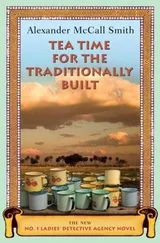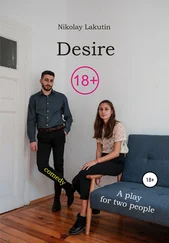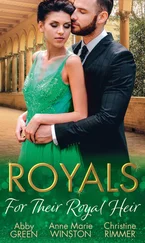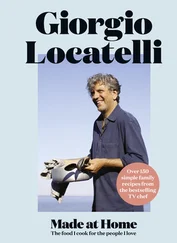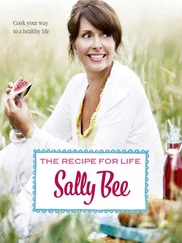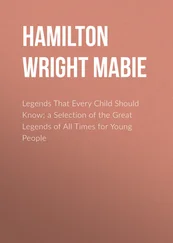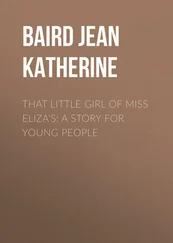An ex-principal at a local farm school, Ronnie now supervises the residents where they do woodwork, needlework and gardening. Today they’re hammering together trellises and vegetable crates that they’ll sell for funding for the home.
Ronnie and I go into the workshop manager’s office where we’re relatively undisturbed except for the occasional face peering round the door to ask for toilet paper.
Like Vivien, Ronnie is coloured – although he feels no need to make that distinction any more. His identity is no longer attached to the colour of his skin.
Whereas Vivien’s family moved to Hornlee from Salt River in the west, Ronnie’s moved from Concordia, a forested area high in the hills north of Knysna town.
A keen storyteller, Ronnie is happy to talk about his childhood in Concordia in the 1960s, when his family lived on a piece of land ten, twenty hectares big.
‘Let’s be conservative and say it was ten hectares,’ he says. ‘That’s still twenty rugby fields.’
He tells me his family wasn’t wealthy by any means, but nor were they deprived. His father had a car, and they had electric lights in the house that were powered by a stack of car batteries charged by a wind-powered generator.
‘When those batteries were charged, you had light for two, three days,’ he says.
Water and sanitation were less sophisticated. Like Vivien, Ronnie spent many childhood hours cleaning roofs and gutters whenever it looked like it was going to rain. Another chore that fell to the Davidson children was cleaning the bucket toilet. A common sanitation system where running water wasn’t available, bucket toilets were housed in outbuildings with two doors: a front entrance and a small door at the back through which the bucket was removed to be emptied.
Ronnie laughs at the memory. To ward off the smells, they scattered ash from their wood-fired oven over the buckets. ‘It didn’t stink,’ he says. But when it came to emptying the buckets, it still wasn’t a pleasant chore.
‘On the yard, away from the house, we had to dig holes to empty the contents of the bucket into,’ says Ronnie. ‘Often. And we were a family of eight children.’
But overall, Ronnie says, they had a good life. He and his brothers and sisters grew up playing in forests and ravines where they set traps for birds, climbed trees and ate wild berries.
As idyllic as life was for a young coloured boy in Concordia, there was another reality awaiting Ronnie whenever he went into Knysna town.
Every time he and his brothers and sisters wanted to go to the cinema, or ‘bioscope’ as Ronnie calls it, they had to go to a matinée as there was a nine o’clock curfew. Any black or coloured people on the streets of Knysna after nine were chased out by the police.
They ran out of town, he says, to make it home in time.
When they did go to the bioscope, they had to sit on hard benches on a gallery, while the white people sat downstairs in soft seats.
The post office was even more segregated, with a separate entrance for black and coloured people away from the whites-only door. Once inside, the whites and ‘non-whites’ were separated by a latticed wall that gave them just a glimpse of how the other half lived.
Things didn’t get any better as Ronnie got older. If anything, they got worse. He remembers going away to college and having to change trains in George. At the station he had to change platforms, and there was a bridge over the tracks for just that purpose. ‘Everyone used that bridge, white and brown,’ he says. ‘But in 1970, they built a second bridge next to that bridge. Then we had to walk separately. In 1970 , I tell you.’
When people started being removed to Hornlee, only some of the families in Concordia were singled out for the move. It hadn’t been declared a white group area, but some of the houses were in the way of a new bypass road that was being planned.
I’ve heard about this controversial bypass since I was a child. It still hasn’t materialised.
Ronnie remembers the day they realised their family had to move, ‘They drew a cross on our gate,’ he says. ‘A white cross.’
His mother, for one, was relieved to move to the township.
Ronnie’s mother had come to Knysna from Oudtshoorn in the Klein Karoo, a semi-desert region where she’d lived in a stone house in the middle of town long before the forced removals of later years. There she had grown up with proper electricity in the house from an early age. So living in Concordia with a wind charger and car batteries providing light, but not much more, had been a big change for her.
Having electricity in Hornlee was a big thing, says Ronnie. ‘My mother could buy a food mixer.’
But there were challenges as well. For his parents, Ronnie says, the biggest adjustment was financial.
‘There was suddenly a mortgage, and rates and taxes that were never there before. We used to bury our own sewage, burn our own rubbish. Now, all of a sudden, my parents had to pay to get it removed.’
Ronnie himself missed the space of Concordia. ‘I felt like I was stuck in the township with nothing around me,’ he says.
Many years later, when he had a son of his own, he took the boy to Concordia ‘just so he could experience what I had experienced’.
There, like his father before him, the boy climbed trees, played in the forest and ate wild berries.
Even today, says Ronnie, his son still talks about that day he took him to Concordia, and showed him the life he’d left behind.
Chapter 7
Xenophobia
In my second week back in Knysna, my parents take me to lunch at Crab’s Creek, a pub on the edge of the lagoon. While we wait for the pretty black waitress to bring us our drinks, my mother says hello to a coloured lady she recognises at the table behind us. I’m introduced as the daughter who’s been living in London and the coloured lady says her daughter is overseas too.
At another table, three teenage boys are drinking bottles of Castle lager. Two of them are coloured, one is white.
So much has changed since I was their age.
There were only a handful of non-white children at Knysna High when I finished school in 1995. One of them was black, a girl in my class. In a year below me there was a coloured boy, a talented rugby player. The only others, if I remember correctly, were two younger Indian boys. They were some of the first Indian people I’d ever encountered, as most of South Africa’s Indian population was concentrated in the Natal province on the eastern coast of South Africa, where I’d never been.
It was only the year after, when I went to study in Cape Town, that I made my first black, coloured and Indian friends in an advertising college that was still predominantly white.
Back at my parents’ house, our stomachs full of pub lunch, my father and I settle down to watch TV. As my father pokes his dowel at the buttons to skip through the channels, South Africa’s new racial integration flashes before me. Mixed-race pairs of South African DJs, comedians and equestrian stars do the cha-cha on Strictly Come Dancing. In one of the locally produced soap operas, black actors speak Afrikaans one minute and English or Zulu the next. Another soap is entirely in Zulu, with English subtitles.
When I was little, we had one channel on SABC TV that broadcast only in English and Afrikaans. American shows like Buck Rogers and T. J. Hooker were dubbed into Afrikaans, with the English soundtrack broadcast simultaneously on the radio. On two separate channels, there was ‘black’ programming in African languages.
My father finds the news he was looking for and puts down the dowel.
In stark contrast to Strictly Come Dancing and the soaps, I now see the other extreme of the new South Africa: a report on recent forced removals in Johannesburg. In one incident outside a church, police grab black people, including women and children, off the streets, beating them if they don’t comply. I could be watching a scene twenty, thirty years ago. But unlike thirty years ago, those people aren’t being removed because they’re black. They’re being removed because they’re illegal immigrants from Zimbabwe who were sleeping on the street because the homeless shelter in the church was full. And unlike thirty years ago, the policemen who are beating them are also black.
Читать дальше

